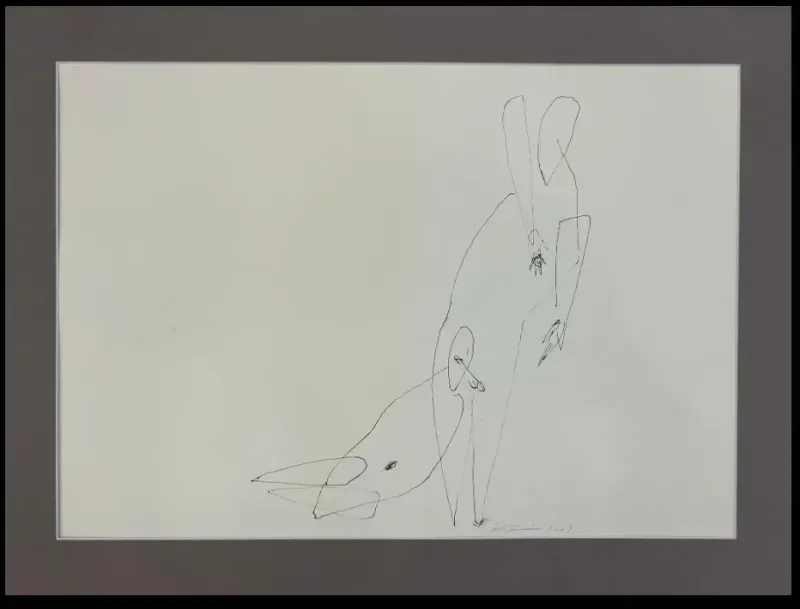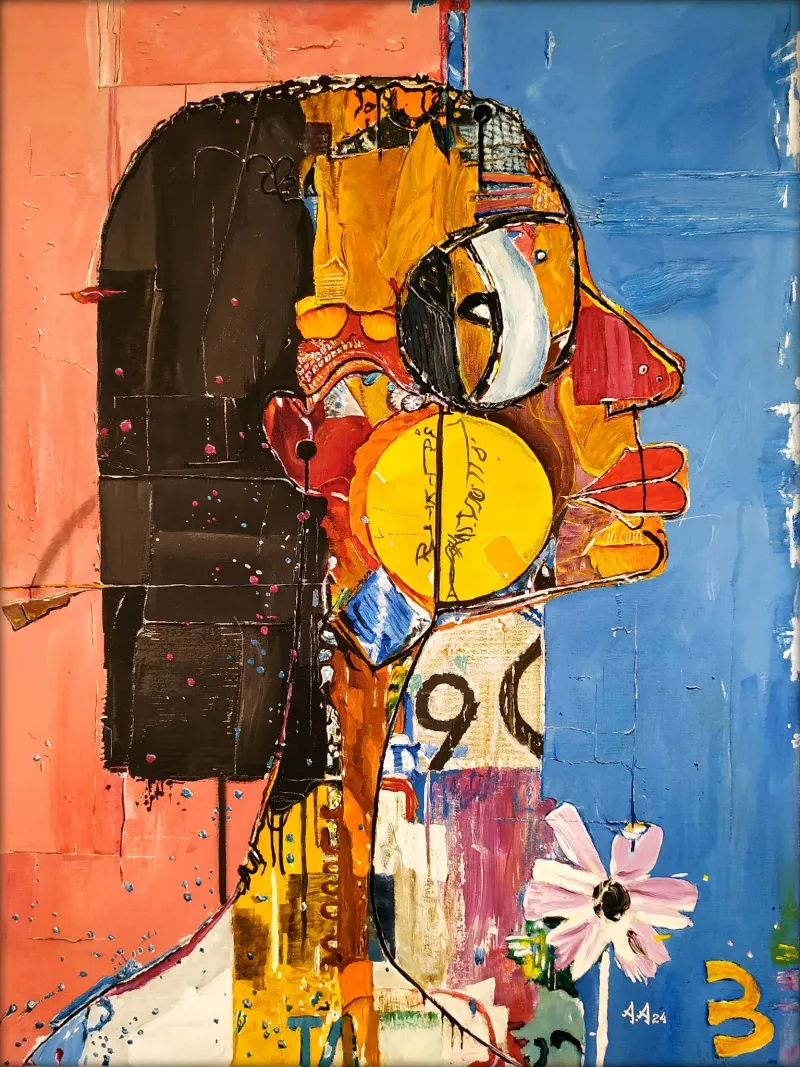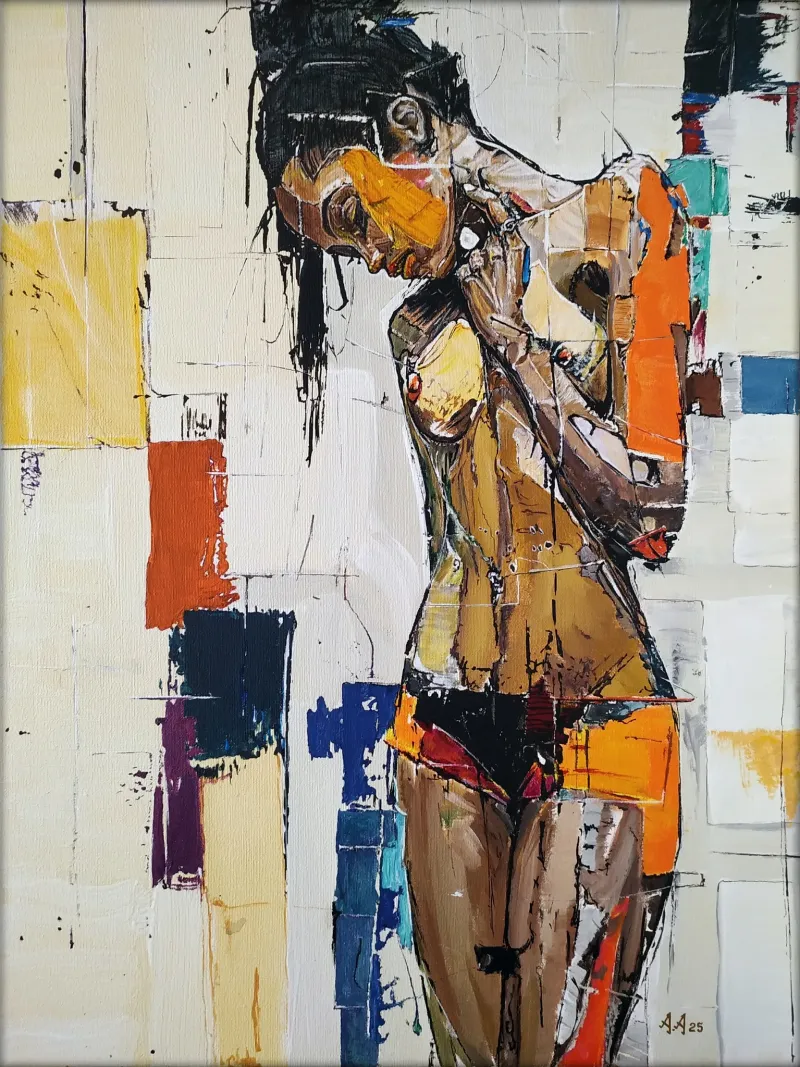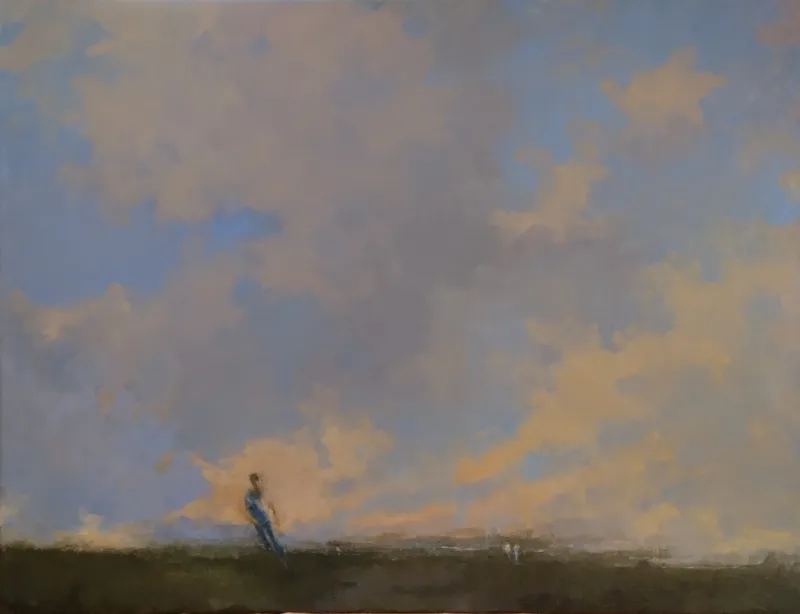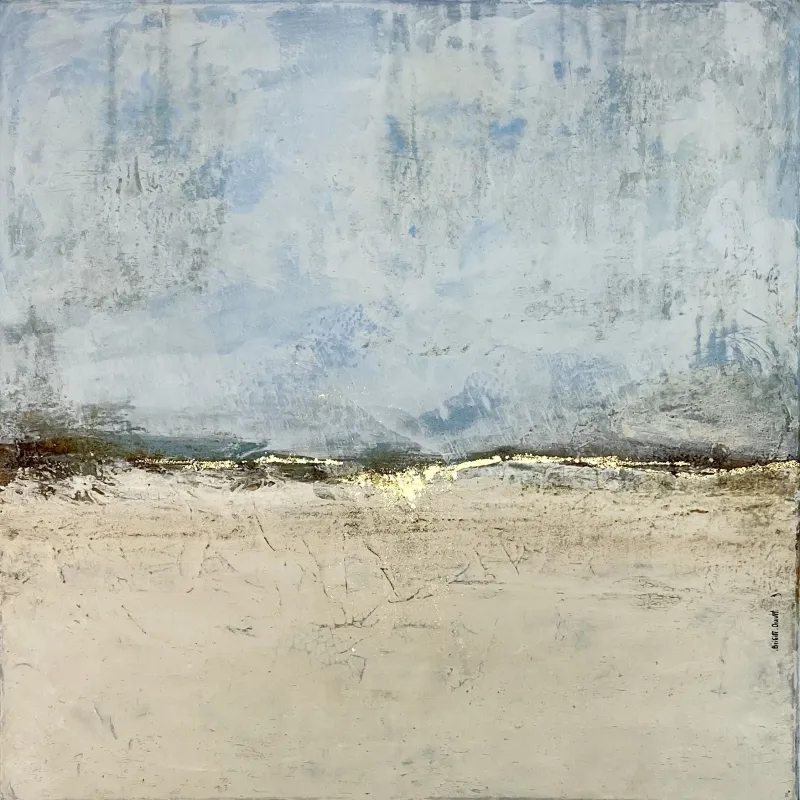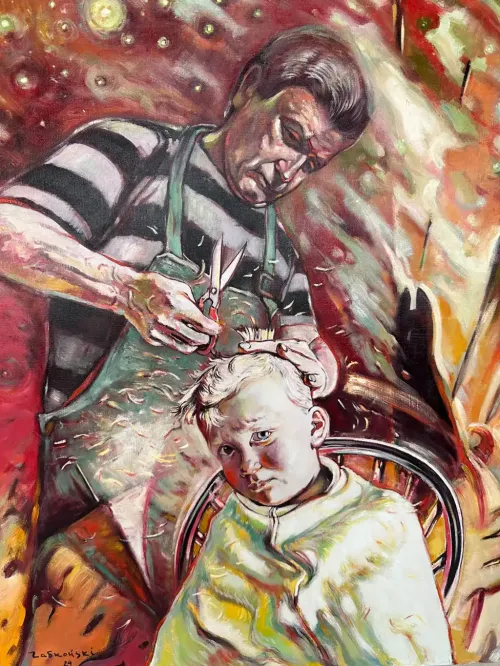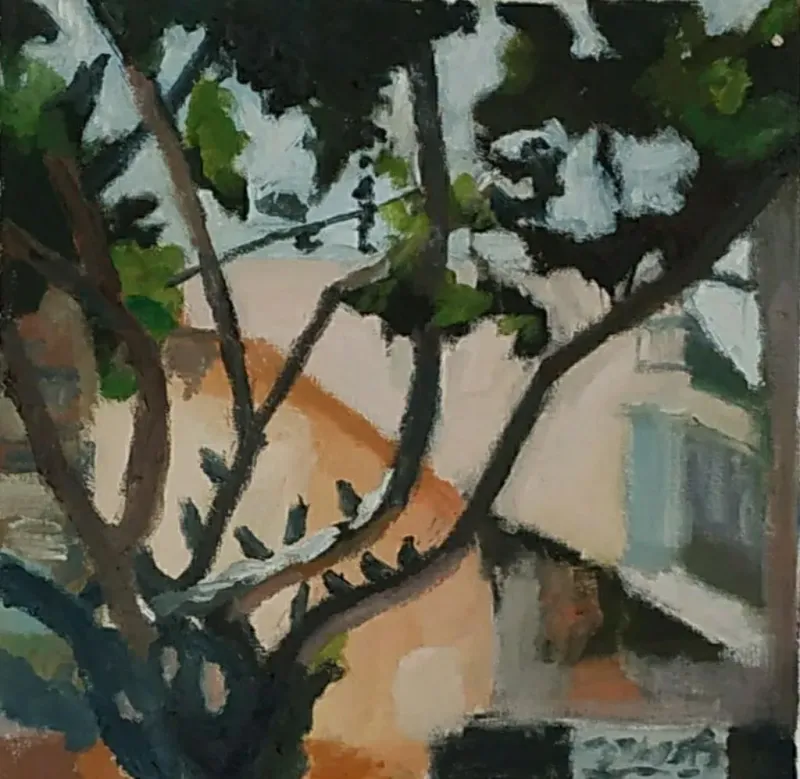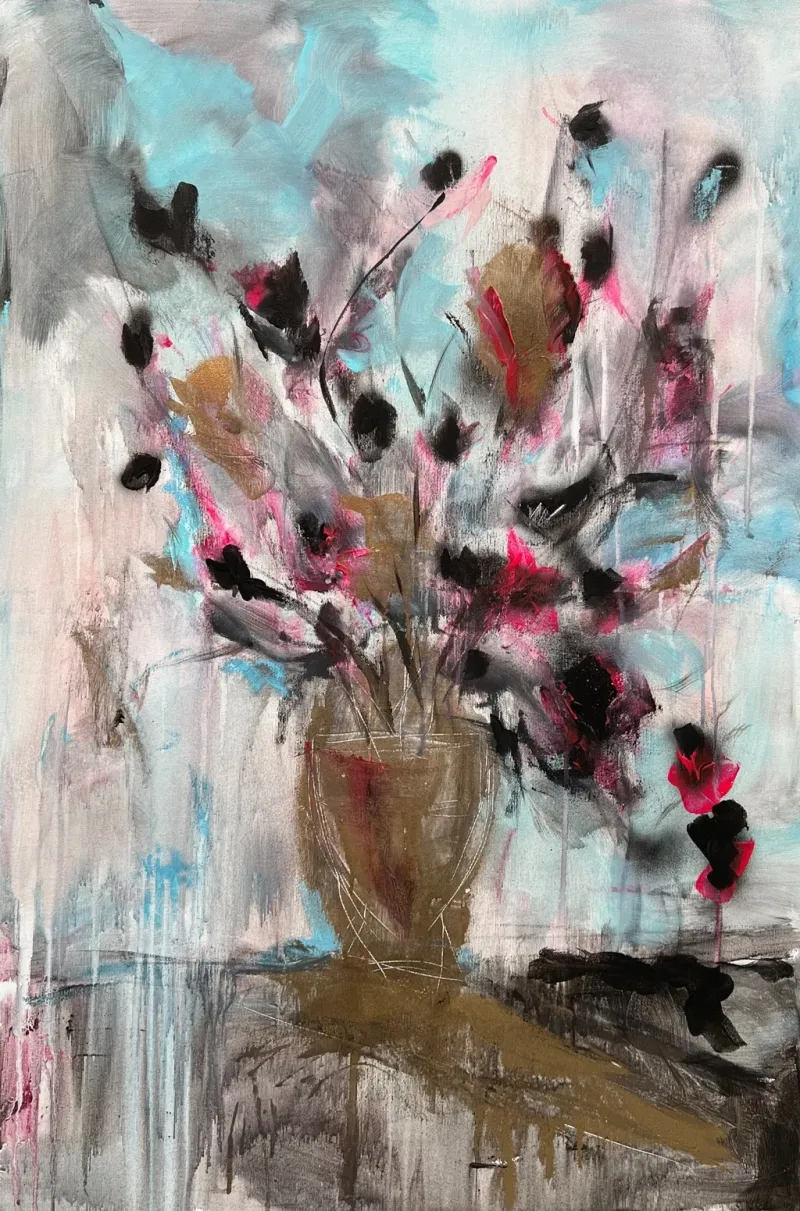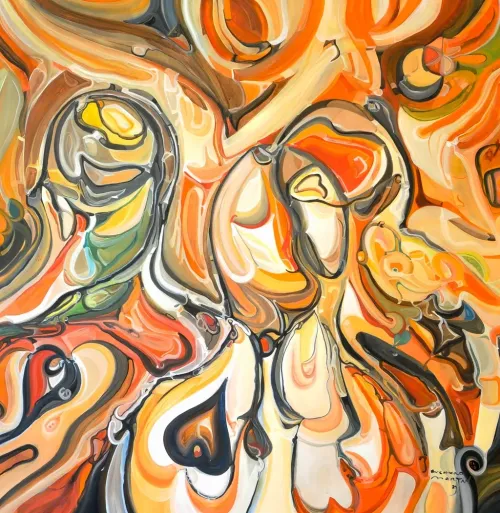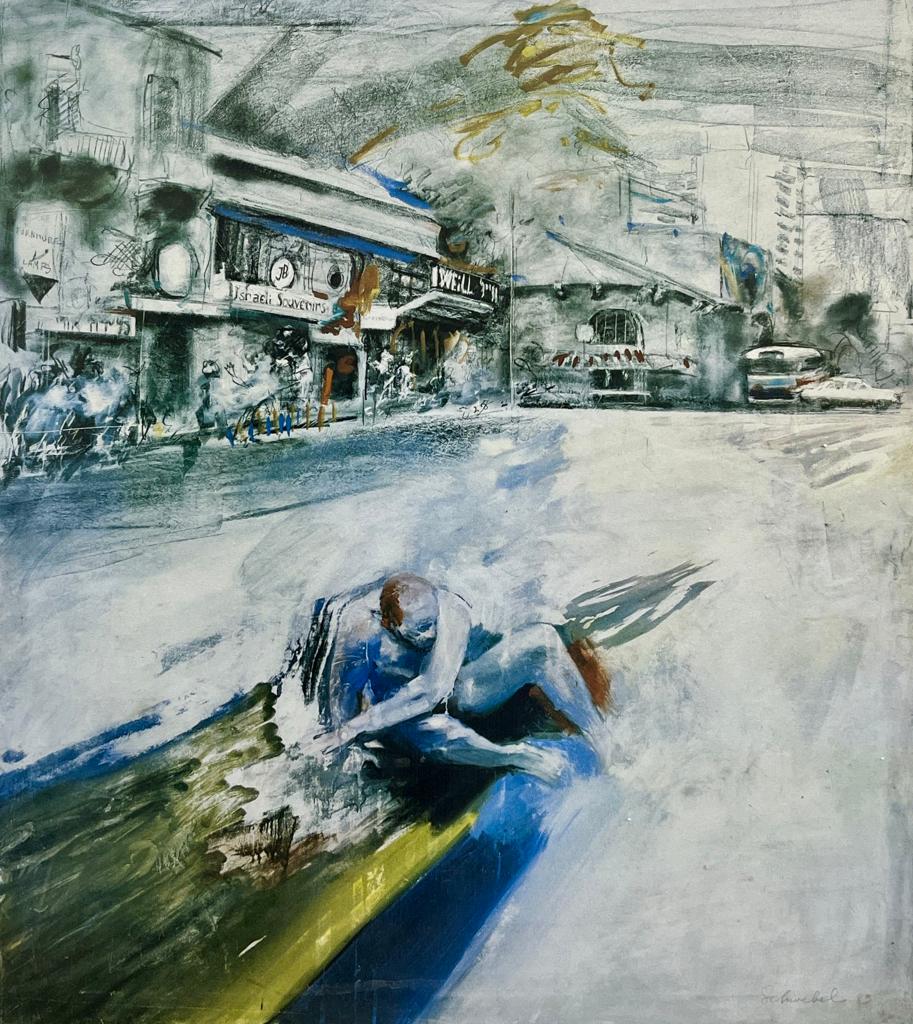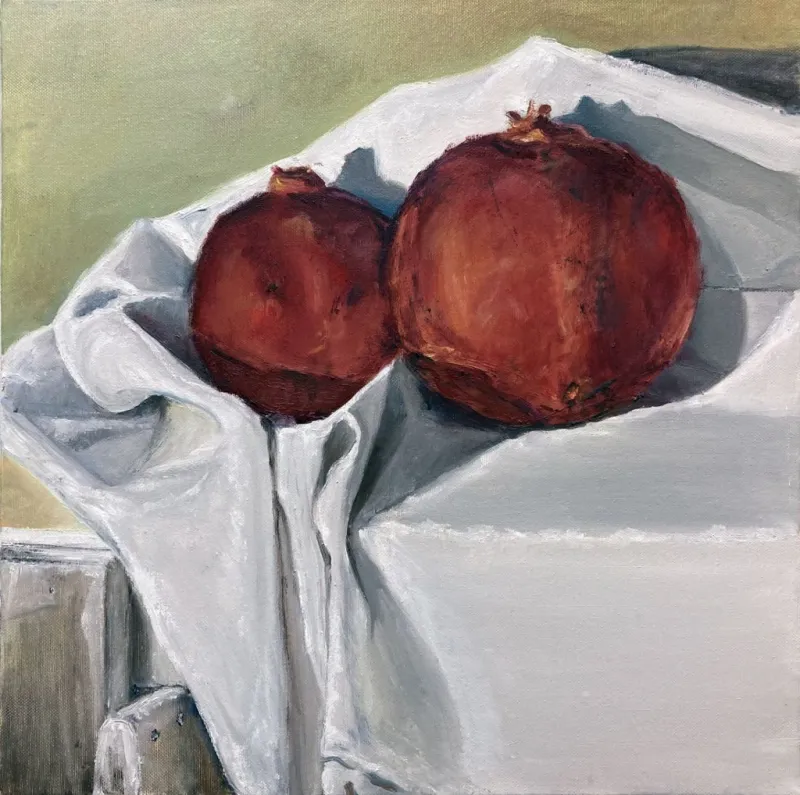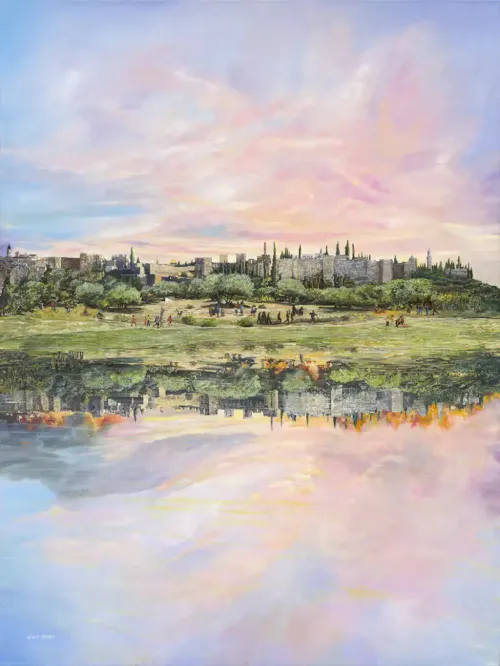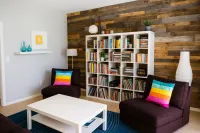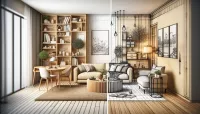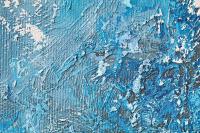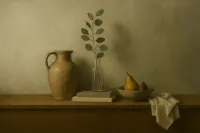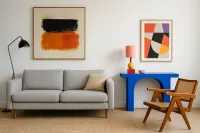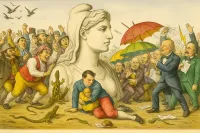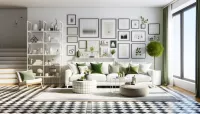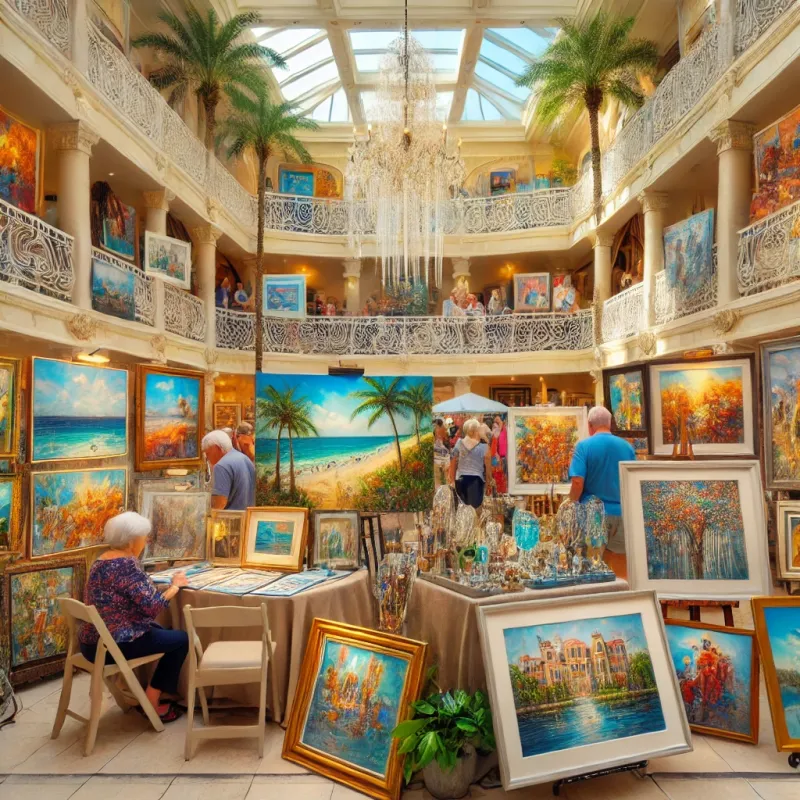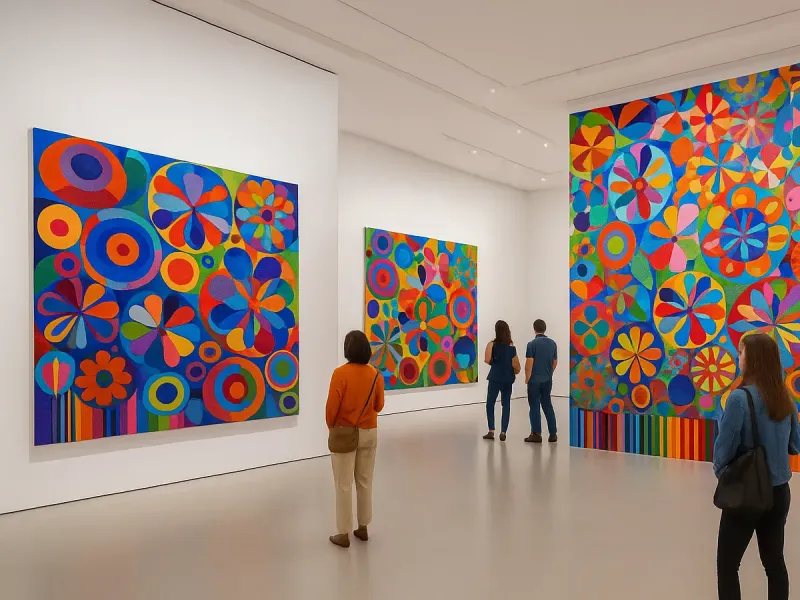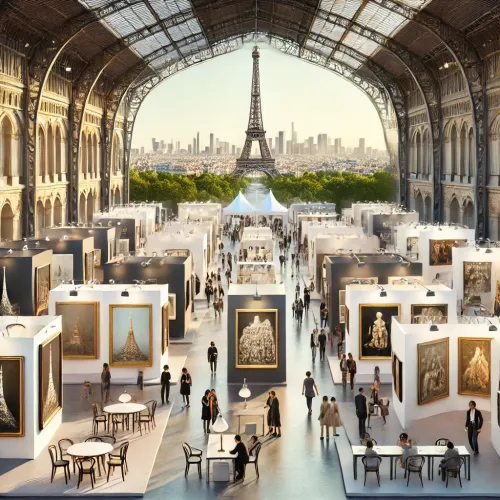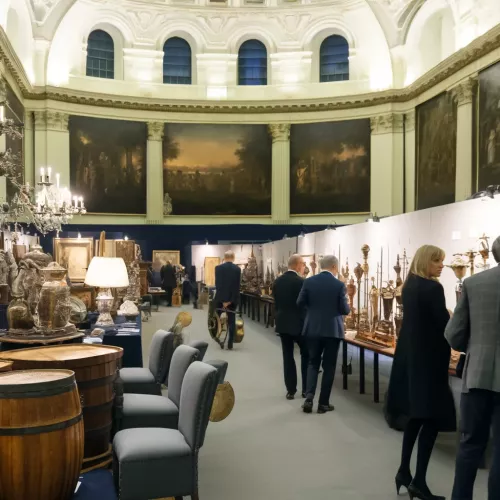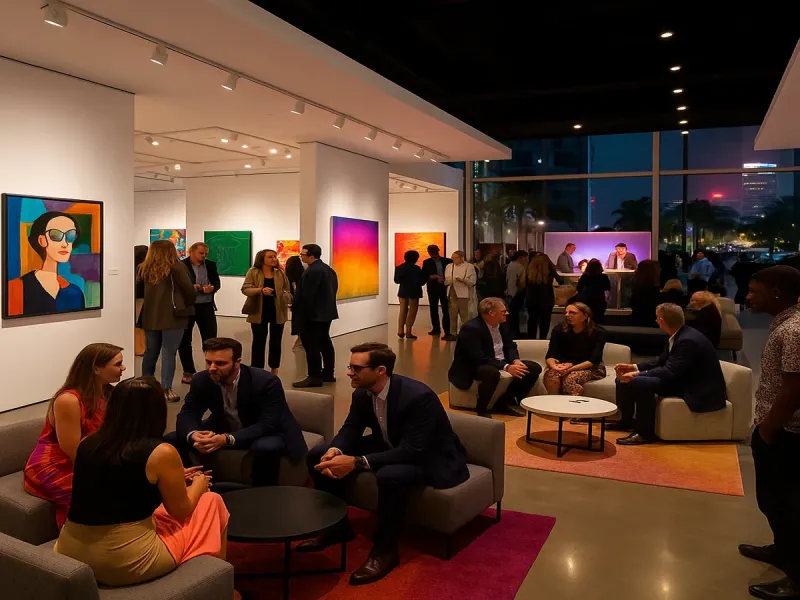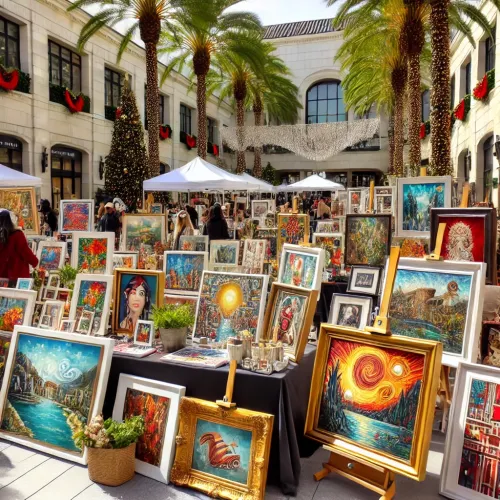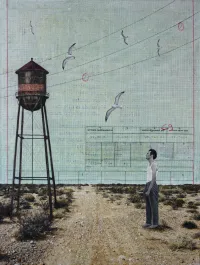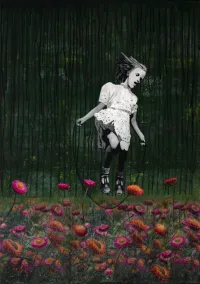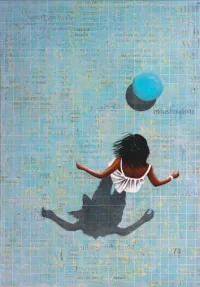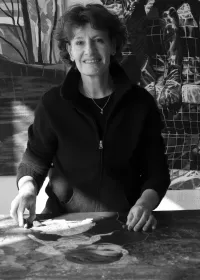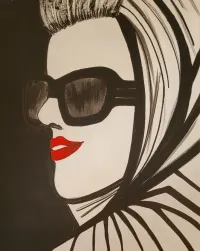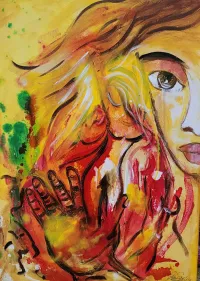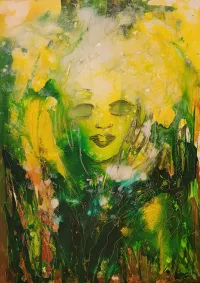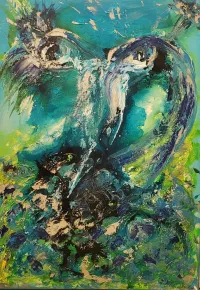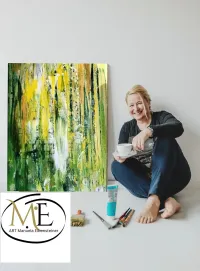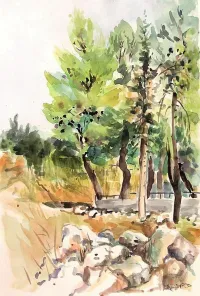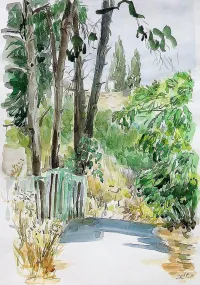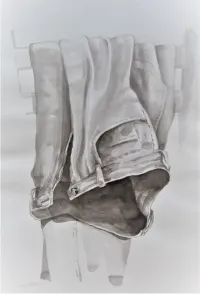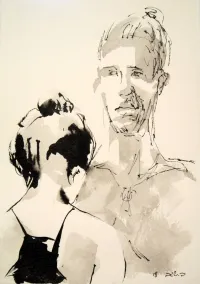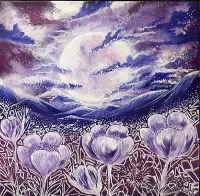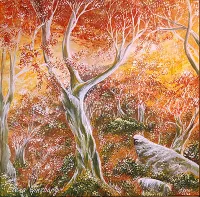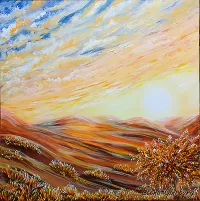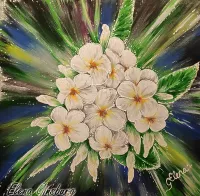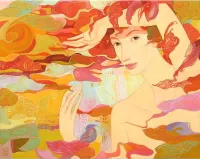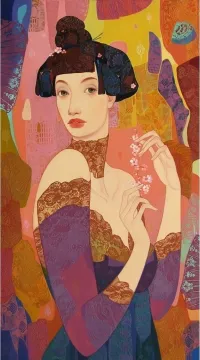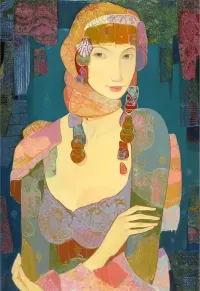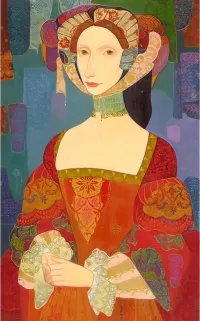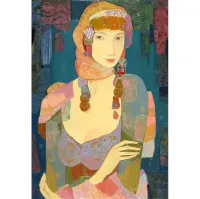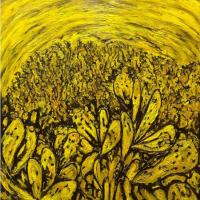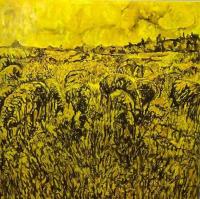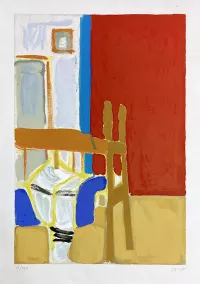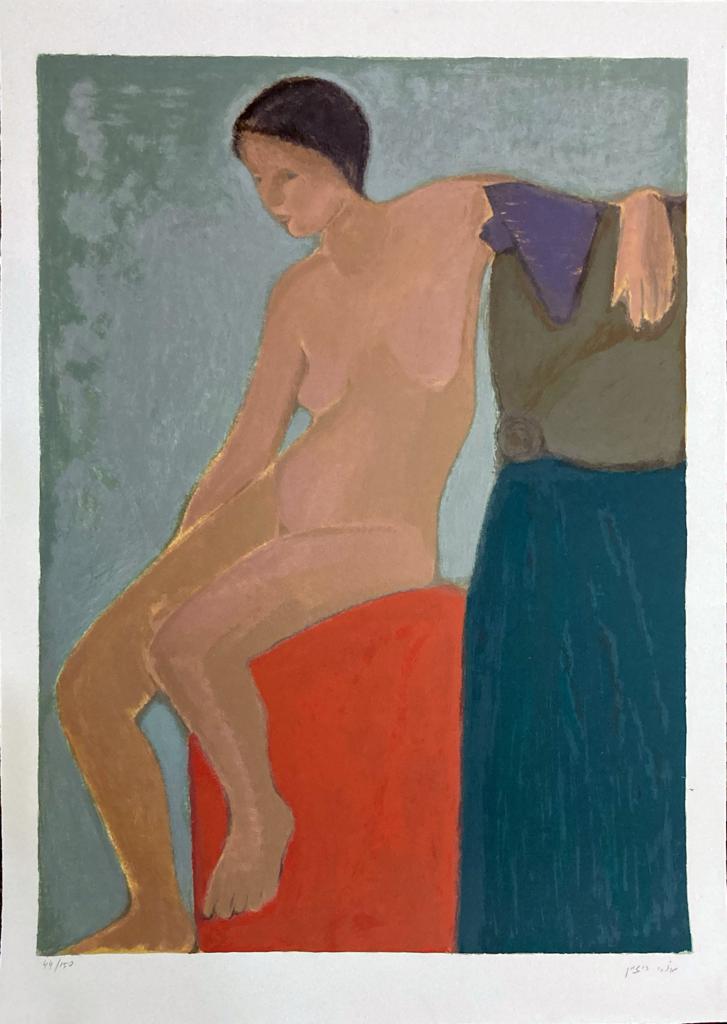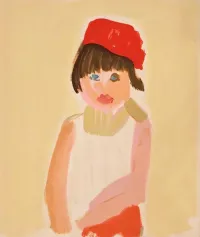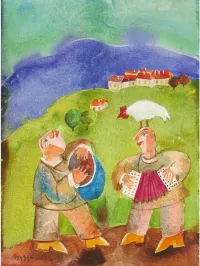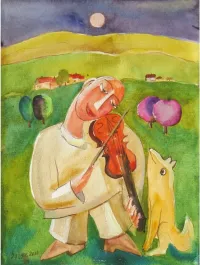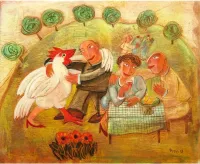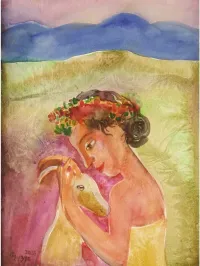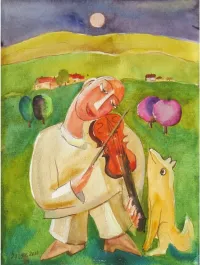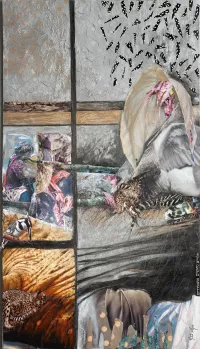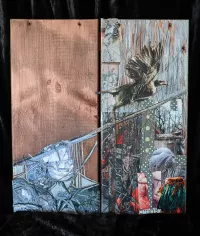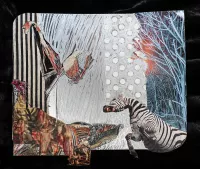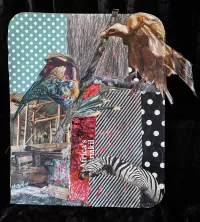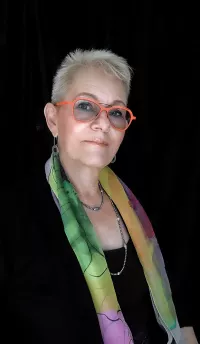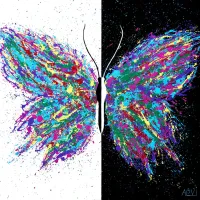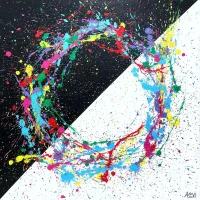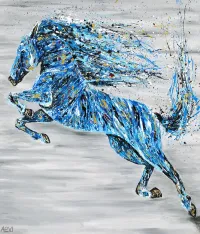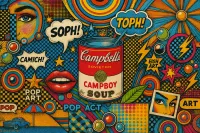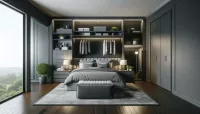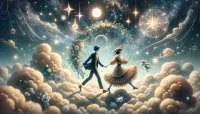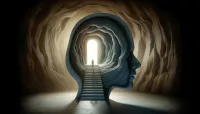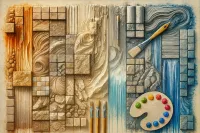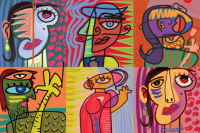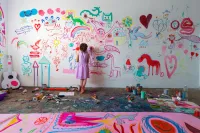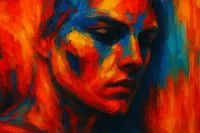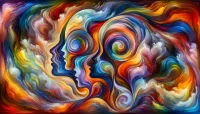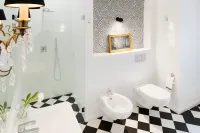When the Canvas Closes In: The Raw Weight of Dark Expressionism
Dark expressionism isn’t about sadness — it’s about pressure, distortion, and emotional gravity translated into form.
Published:
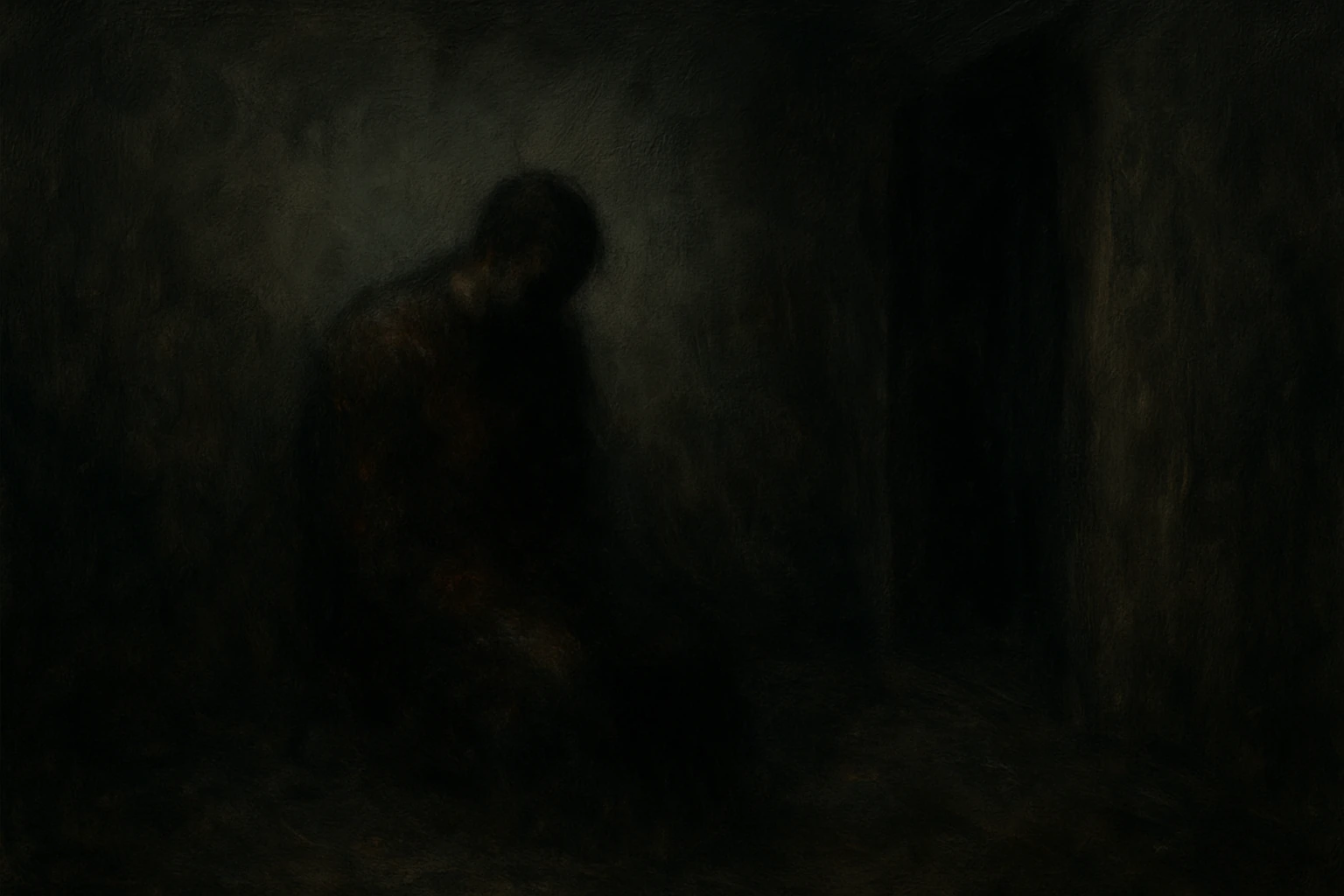 When the Canvas Closes In: The Raw Weight of Dark Expressionism
When the Canvas Closes In: The Raw Weight of Dark Expressionism
In the world of fine art, not every painting is meant to please or soothe.
Some are created to confront, to question, and to sit heavily on the viewer’s chest. That’s the soul of dark expressionism art — a genre where color takes a backseat to emotion, and where the canvas becomes a battleground of mood, memory, and raw intensity. This is not simply painting with dark tones; it’s storytelling through shadow and silence.
Darkness as Language, Not Aesthetic
The misconception about darkness in art is that it's only a visual choice — a look. However, in dark expressionist works, the shadow is a form of language. Artists use heavy blacks, deep blues, muted greens, and ashy grays not for the sake of style, but to evoke weight and tension. These are not the colors of decoration, but of depth.
Forms often appear distorted or incomplete, inviting the viewer to step into unease. It’s not about creating horror — it’s about reaching the subconscious, that place where light doesn’t always go. In these works, dark-colored paintings act like mirrors, reflecting emotion at us, stripped of pretense or gloss.
Emotional Density: What Sets Dark Expressionism Apart
What distinguishes dark expressionism art from other movements isn't just its palette. It's the emotional pacing of each piece that makes it so compelling. There’s repetition in line and form, suggesting obsession or unrest. There’s weight in how colors are layered, often resulting in a muddy or slow-to-resolve effect.
Where vibrant art bursts forward with energy, dark expressionist pieces simmer. They often feel suspended, as if caught mid-thought or mid-conflict. The viewer doesn’t always get answers. That ambiguity, that refusal to resolve, is the very power these works hold.
From Angst to Introspection: A Range Within the Dark
Darkness in art isn’t a single mood. Some artists use it to express rage, frustration, or existential dread — their strokes jagged, their subjects fragmented. Others turn inward, painting with softness, slow transitions, and quiet intensity. These artists aren't yelling; they’re whispering — but the message is no less potent.
This range makes the genre surprisingly versatile. A single room can hold both an explosive piece full of scratchy chaos and a quiet, foggy portrait — each evoking a different kind of darkness, each speaking to a different part of the soul.
Collecting the Uncomfortable: The Role of Dark Works in Modern Spaces
Despite their emotional density, dark expressionist works are finding a home in modern interiors. Why? Because people are no longer just decorating — they’re curating experiences. White walls and sleek furniture take powerful new depth with a brooding canvas in a minimalist room. The contrast enhances both the artwork and the space itself.
These pieces aren’t for every corner. They belong in places meant for pause, such as entryways, reading nooks, or even intimate dining rooms. Their role isn’t to brighten but to ground — to add a counterweight to the lightness of daily life.
Many collectors now seek out dark color paintings specifically for this reason. They don’t chase trends; they crave honesty. And sometimes, that honesty is shadowed, complicated, and still utterly beautiful.
Dark expressionism art challenges the viewer in ways few other genres do. It doesn't dazzle; it distills. It doesn't resolve; it reflects. Additionally, there is something incredibly human about the way these pieces delve into the uncomfortable in a society that is fixated on brightness and perfection. From modern collections to quiet corners of the home, dark expressionism is finding its place, not to decorate, but to make a declaration.


